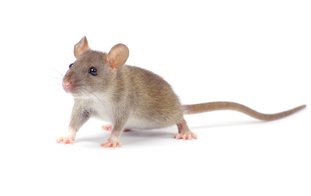PEST CONTROL FOR BRIDGNORTH
House Mouse (Mus Domum)
The house mouse is small, slender and has a slightly pointed nose; Bright protruding eyes, large ears, and an almost hairless tail. House mice are considered among the most troublesome and economically damaging rodents in Britain. They are generally greyish brown with a grey or buff belly. The house mouse is very adaptable and lives in close association with humans.
House mice eat mainly seeds and grain. Foods high in fat, protein, or sugar may be preferred. Such items include bacon, sweets, and butter. Unlike brown rats, they can survive with little or no water obtaining moisture from the food they eat.
They are mainly nocturnal, although in some areas a lot of daytime activity may be seen. Seeing mice during the day does not necessarily mean that a high population is present, although this is usually true for rats.
They may nest in any protected location. Nests are constructed of shredded fibrous materials such as paper, or other similar items, and generally have the appearance of a ball of material loosely woven together. Nests are usually 4 to 6 inches in diameter.
Litters of 5 or 6 young are born 19 to 21 days after mating. Mice are born hairless with closed eyes. They grow rapidly, and after 2 weeks their eyes and ears open and they are covered with hair. They begin to make short excursions from the nest and eat solid food at 3 weeks.
Weaning soon follows, and mice are sexually mature at 6 to 10 weeks of age. Mice may breed year-round. The female has 5 to 10 litters per year. Mouse populations can therefore grow rapidly under good conditions.
House mice almost always cause some damage by their gnawing and nest-building activities. They may also damage stored items in attics and the contents of cupboards and drawers.
In homes and commercial buildings, they may feed on various stored food items or pet foods. In addition, they usually contaminate foodstuffs with their urine, droppings and hair.
They often make their home in large electrical appliances, and here they may
chew up wiring as well as insulation, resulting in short circuits which could create fire hazards or expensive damage. Among the diseases mice or their parasites may transmit to humans are salmonellosis (food poisoning) They may also carry leptospirosis, tapeworms, and organisms that can cause ringworm (a fungal skin disease) in humans.
Indicators of a mouse infestation include:
Holes
Droppings (similar to black grains of rice)
Runs
Smear marks
Damage
Tracks
Nests
Dead and live mice

